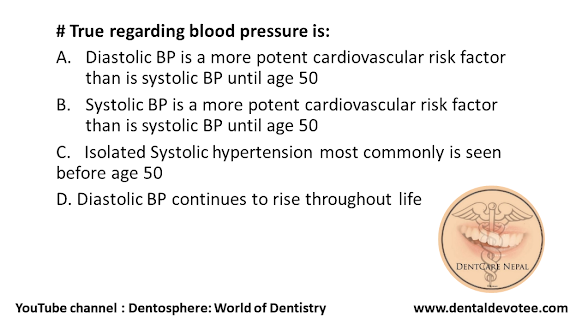# Which one of the following is not a valid indication for apicoectomy?
A. Broken instrument in the apical third of the canal
B. Presence of a fistula
C. Perforation in apical third
D. Periapically involved teeth in patients with insufficient time for conventional endodontic treatment
The correct answer is D. Periapically involved teeth in patients with insufficient time for conventional endodontic treatment
Valid Indications for which apicoectomy can be considered are:
- Failure of nonsurgical endodontic treatment
- Failure of previous surgery
- Anatomical problems: non-negotiable or blocked canal, or severe root curvature
- Iatrogenic errors: ledging of canals, blockage from debris, separated instruments, overfilling of canals leading to foreign body reaction, and apical canal transportation
- Horizontal apical root fracture
- Exploratory surgery and biopsy: in teeth where a fracture is suspected or in teeth with vital pulp with a radicular radiolucency
- Periodontal considerations: Hemisection and radisection are planned in cases where the periodontal support of one of the roots goes beyond repair.
Reference: GROSSMAN’S ENDODONTIC PRACTICE 14TH EDITION, Page NO: 426





